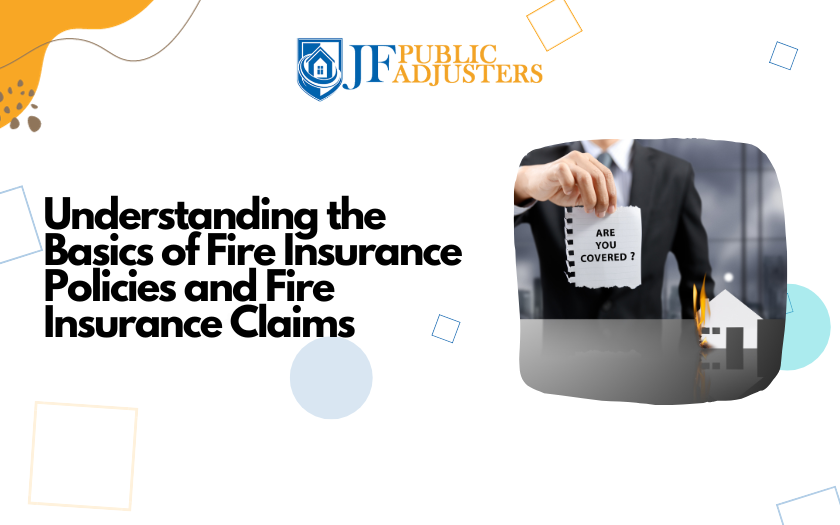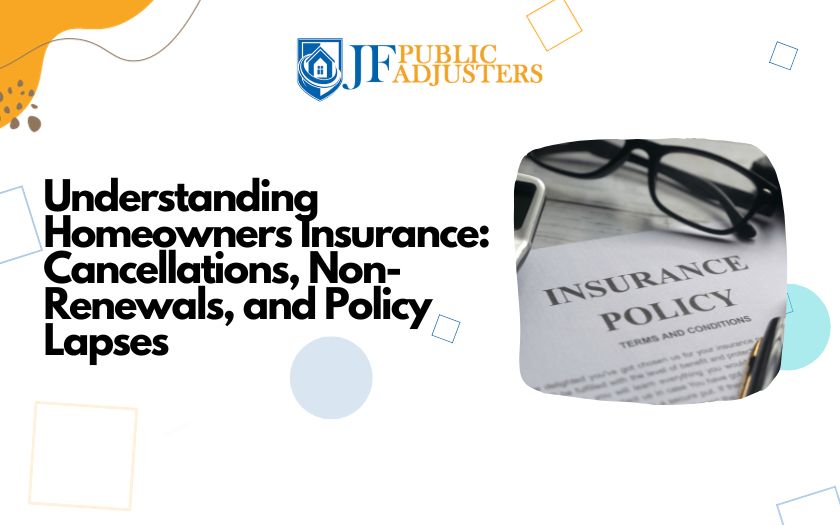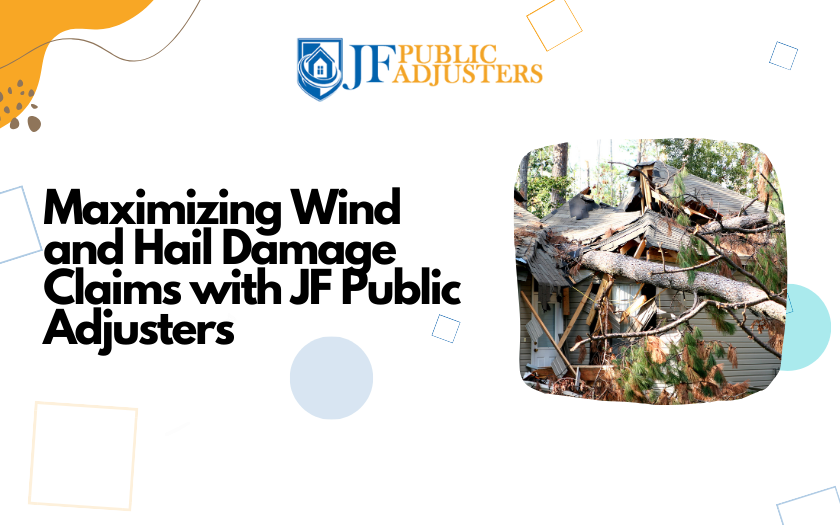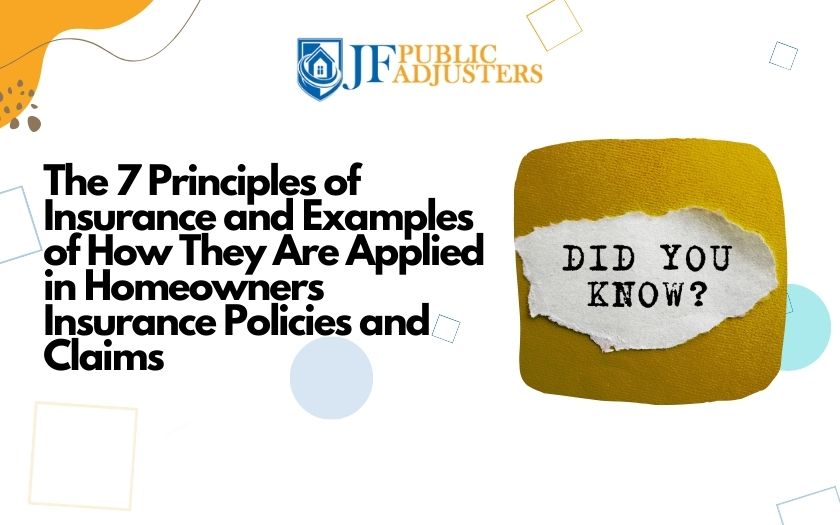Demystifying Property Insurance Claims: Understanding the Role of Depreciation in Property Insurance Claims, Replacement Cost, and Actual Cash Value Coverage
Navigating the world of property insurance claims can be complex, especially when it comes to understanding key terms like depreciation and the difference between replacement cost and actual cash value coverage. In this article, we’ll break down these concepts to help you grasp their significance in property insurance claims.
Role of Depreciation in Property Insurance Claims
Depreciation is a term commonly encountered in property insurance claims, and it plays a crucial role in determining the value of a covered loss. Essentially, depreciation accounts for the wear and tear that occurs over time, reducing the value of your property or possessions. When it comes to insurance claims, depreciation impacts the payout you’ll receive.
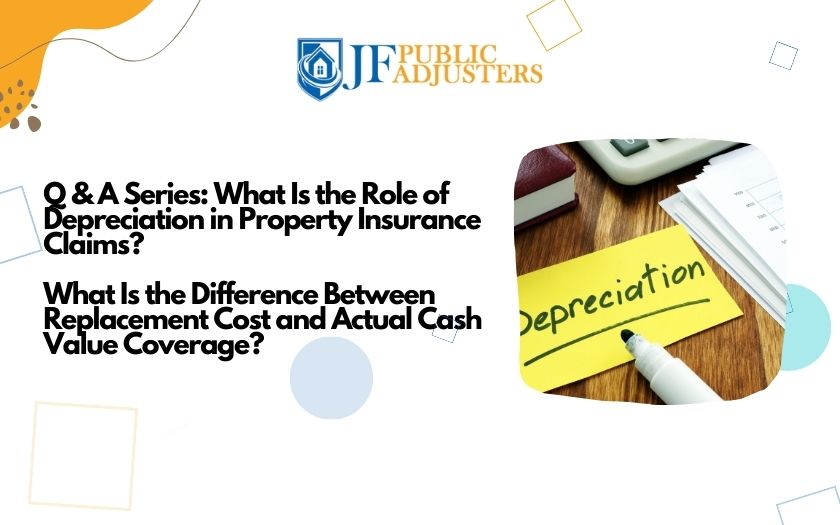
In property insurance claims, two main methods are used to calculate depreciation:
Straight-Line Depreciation: This method considers the age and overall condition of the damaged item or structure. The older an item is or the more wear and tear it has endured, the greater the depreciation. For example, if you have a roof that’s 15 years old and it’s damaged in a storm, the insurance adjuster will factor in the roof’s age when determining the payout.
Functional Depreciation: This type of depreciation considers how well an item still performs its intended function. If an item, like a kitchen appliance or flooring, is still functional despite being older, it may have less depreciation than something that’s no longer in working condition.
Depreciation often results in a lower claim payout, as it reflects the reduced value of your property or possessions at the time of the loss. However, policies may offer options to recover depreciation under certain circumstances, like when you replace the damaged item with a new one.
Difference Between Replacement Cost and Actual Cash Value Coverage
Understanding the difference between replacement cost and actual cash value coverage is essential when selecting your insurance policy. These coverage types impact how much you’ll receive in the event of a covered loss.
Replacement Cost Coverage: This type of coverage ensures that you will be reimbursed for the full cost of replacing a damaged item or rebuilding a structure without factoring in depreciation. It allows you to restore your property to its pre-loss condition with new, similar-quality materials. While premiums for replacement cost coverage may be higher, it provides more comprehensive protection.
Actual Cash Value (ACV) Coverage: ACV coverage, on the other hand, factors in depreciation when determining your claim payout. This means you’ll receive an amount equivalent to the item’s current market value, accounting for its age and wear and tear. ACV coverage typically results in a lower payout compared to replacement cost coverage.
Let’s illustrate the concepts of depreciation, replacement cost, and actual cash value coverage with a practical example:
Example: Roof Damage
Imagine you have a homeowners insurance policy, and your home’s roof sustains damage during a severe storm. Your policy offers both replacement cost coverage and actual cash value (ACV) coverage. Here’s how these two coverage types would affect your claim:
Replacement Cost Coverage:
Age of Roof: 5 years
Cost to Replace the Roof: $50,000
Deductible: $1,000
With replacement cost coverage, your insurance provider would cover the full cost of replacing your damaged roof, minus your deductible. In this case, you would receive $49,000 (the $50,000 replacement cost minus the $1,000 deductible). This coverage allows you to restore your home to its pre-loss condition with a new roof.
Actual Cash Value (ACV) Coverage:
Age of Roof: 5 years
Cost to Replace the Roof: $50,000
Deductible: $1,000
Depreciation: 10% per year (straight-line depreciation)
ACV coverage factors in depreciation. In this scenario, the roof’s age of 5 years results in 10% depreciation per year, totaling 50% depreciation over its lifespan. Therefore, the insurance adjuster calculates the roof’s current value:
Depreciation: 5 years x 10% = 50%
Current Value of Roof: $50,000 – ($50,000 x 50%) = $25,000
Since the ACV of your 5-year-old roof is $25,000, your claim payout, minus the deductible, would be $25,000 – $1,000 deductible = $24,000. This means you would receive $24,000 reimbursement for the roof damage under ACV coverage, and you would need to cover the difference in the cost of the roof replacement out of pocket.
This example highlights the significant difference between replacement cost and ACV coverage. While replacement cost coverage allows you to recover most of the cost to replace your damaged property, ACV coverage considers depreciation and may result in a substantially lower payout.
When choosing your insurance policy, it’s crucial to consider your financial preparedness to cover potential depreciation costs and the premiums associated with replacement cost coverage. Making an informed decision ensures you’re adequately protected in the event of a covered loss.
When choosing between these coverage options, consider your budget, the age of your property and possessions, and your willingness to cover the cost difference between an item’s depreciated value and its replacement cost.
What is a holdback?
In the context of insurance settlements, a “holdback” refers to a portion of the claim payment that is intentionally withheld or “held back” by the insurance company until certain conditions are met or specific work is completed. The primary objective behind employing holdbacks in insurance settlements is to safeguard the insurer’s interests and guarantee that policyholders fulfill their responsibilities or carry out essential repairs before receiving the full claim payout.
Typically, when dealing with Replacement Cost Value (RCV) policies, insurers will initially disburse the Actual Cash Value (ACV) portion of the settlement while reserving the remainder as a holdback. This practice is particularly common when property repairs or replacements are involved. Once the replacement work has been executed, the insurer typically conducts an inspection to ensure the work’s satisfactory completion. Subsequently, upon being content with the completed restoration, the insurer releases the previously held-back amount. This systematic approach assures that the disbursed funds are allocated for their intended purpose and that policyholders adhere to their obligations.
In property insurance claims, depreciation and the choice between replacement cost and actual cash value coverage significantly impact the amount you’ll receive to repair or replace damaged property. Understanding these concepts empowers you to make informed decisions when selecting your insurance policy and ensures you’re prepared when filing a claim. It’s essential to review your policy carefully, as insurance companies may offer various options and endorsements related to depreciation and coverage types.
If your property experiences damage from a covered event, such as a fire or broken pipes, or roof issues caused by a windstorm or tornado, please reach out to us. We’d be delighted to have a conversation about how we can assist you.
Our mission is to guide policyholders through the process of managing their water damage insurance claims, ensuring they secure the most favorable settlement. Our aim is to swiftly and efficiently restore your home to its pre-loss condition.
Uncertain about whether your insurance will provide coverage for the damage? We encourage you to get in touch with us regardless. JF Public Adjusters offers a complimentary review of your claim and a consultation. You can reach us via phone or text at (917) 272-8793.
Contact Us
You can reach us via phone or text at (917) 272-8793.
GET IN TOUCH!
The Leading Property Damage Experts Are Here To Help
CONTACT NEW YORK’S HIGHEST RATED PUBLIC ADJUSTER IMMEDIATELY BY CALLING OUR OFFICE OR BY COMPLETING THE FORM.
CALL US FOR FREE

